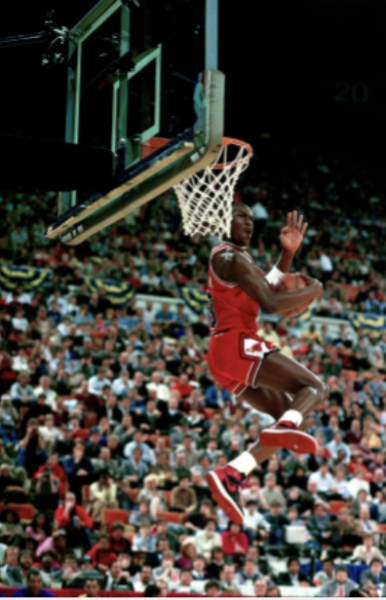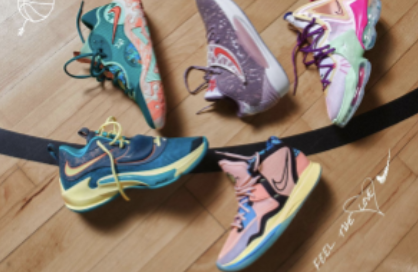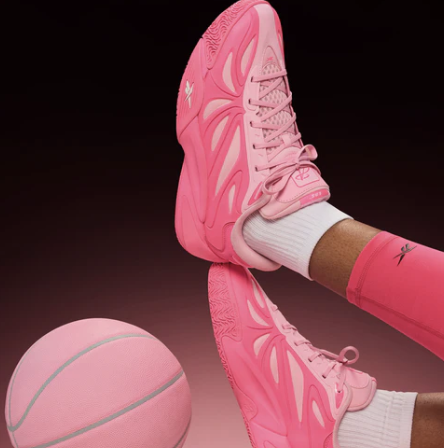From flashy colors and bold shapes to iconic looks and signature shoes, sneakers have always been an influential part of an athlete’s game. Seeing your favorite player on the court sporting eye-catching shoes, which draw attention to the eccentric forms on their feet, makes sneakers widely recognized among sports fans. The distinct designs a player wears on their shoes speak to an athlete’s character when their game can’t say it all.
Viewing sneakers as a symbolic fashion statement in sports started with the iconic basketball shoe, the Jordan 1. Before the creation of arguably the most well-known sneaker of all time, the NBA prohibited overly colored shoes that did not match the team’s colors. Deciding to make a risky statement, Michael Jordan wore the original red and black Jordans each game, with Nike willing to pay the fine for breaking the rule. Solely because of these shoes and the popularity they gained, the NBA decided to remove this rule, letting players express themselves freely with their footwear.

(Courtesy of CNN)

This was significant because athletes could now communicate their personality and style through their shoes, adding fun to the game of basketball. This iconic Jordan 1 colorway, called “banned,” has left its mark on basketball history since then, making the red and black colors of the Chicago Bulls easily recognizable and associated with the greatest basketball player of all time. This classic sneaker origin story is believed to be the biggest example of how an athlete’s sneakers influenced an entire generation of fashion.
Since then, some other examples of legendary sneakers that have been worn on NBA and WNBA courts are Nike KDs, Adidas Hardens, Nike Kyries, Nike A’Ones, Nike Sabrinas, and countless more. Some basketball shoes have gained such popularity that it is common for sneakerheads to collect them, rather than use them for playing. As for sneakers that are worn for fashion, recently Angel Reese of the Chicago Sky came out with her own Reeboks called the Angel Reese 1, which were advertised to be worn on and off the court. Similarly, the evolution of Jordans from basketball shoes to now casual lifestyle shoes shows an athlete’s influence, sometimes without people even noticing who they are wearing on their feet.

Fashion subcultures nowadays are heavily centered around sport style, and have taken much influence from what players wear. All in all, shoes have become an integral part of sports culture, and sometimes spotting someone wearing a certain sneaker conveys an unspoken message about that person’s game that sometimes only an athlete can understand.


